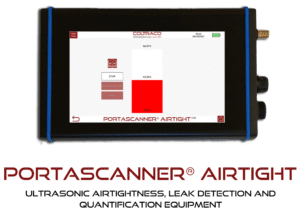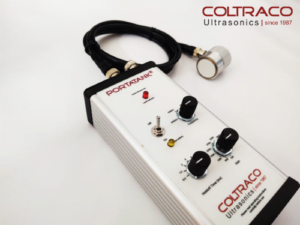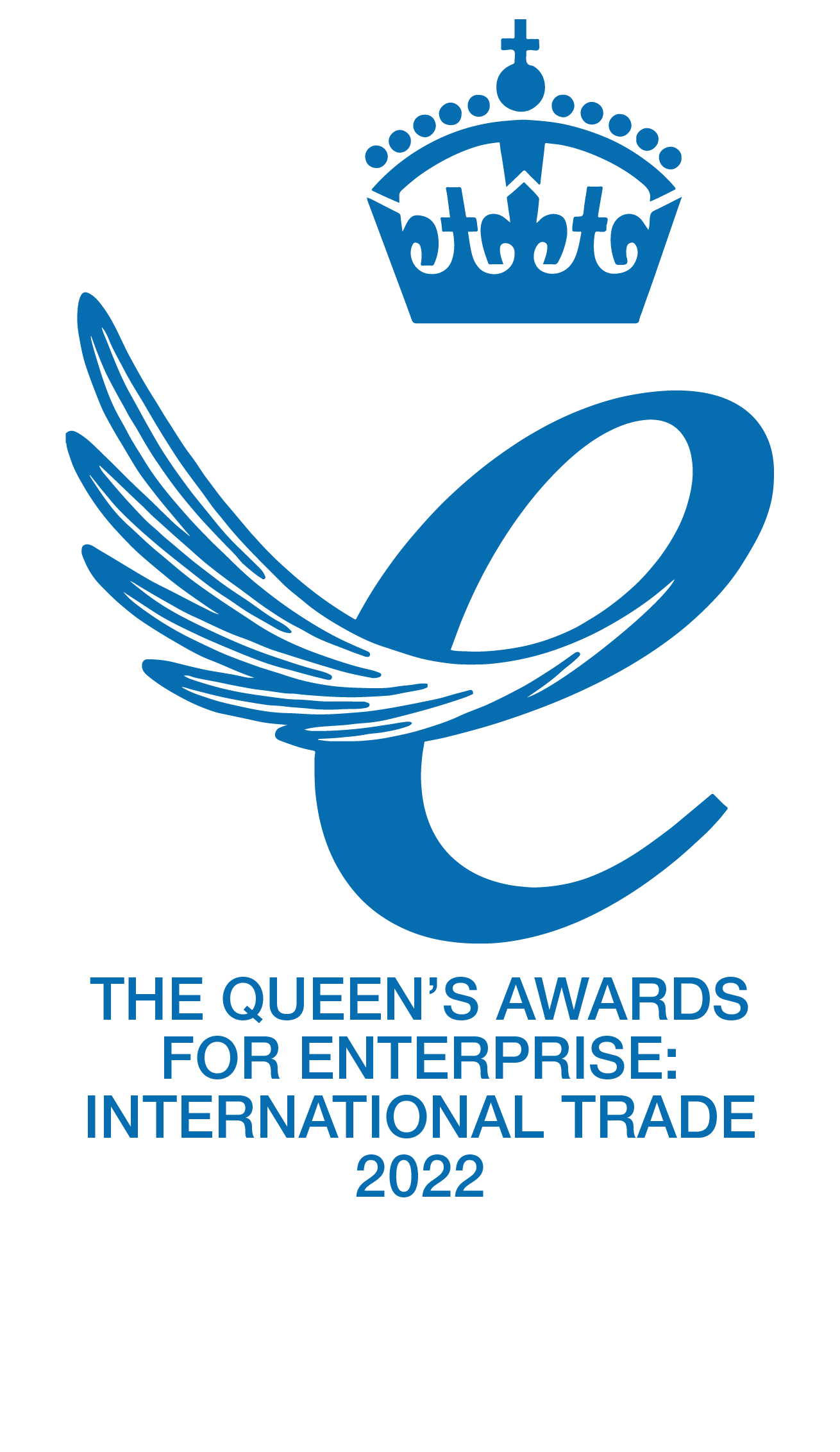For some liquids at certain pressures, it is vital that liquid level testing is done at temperatures below what is known as their “critical temperature”. The critical temperature is the temperature at which, above some “critical pressure”, a liquid will transform from its normal liquid state into a new state known as a “supercritical fluid”. At this point, there will be no distinct liquid and gas phase and so there will be no identifiable liquid level. For most substances, this critical temperature is outside of regular operating temperatures (e.g., NOVEC™ 1230 has a critical temperature of over 150ᵒC). CO2 and FE-13™, however, have their critical points at 31ᵒC and 26ᵒC, respectively. If a cylinder containing either of these agents is at a higher temperature than this, the cylinder must be cooled down before a liquid level test can be conducted. This can be done with AC units, running water over the cylinder or using ice packs around the cylinder.












